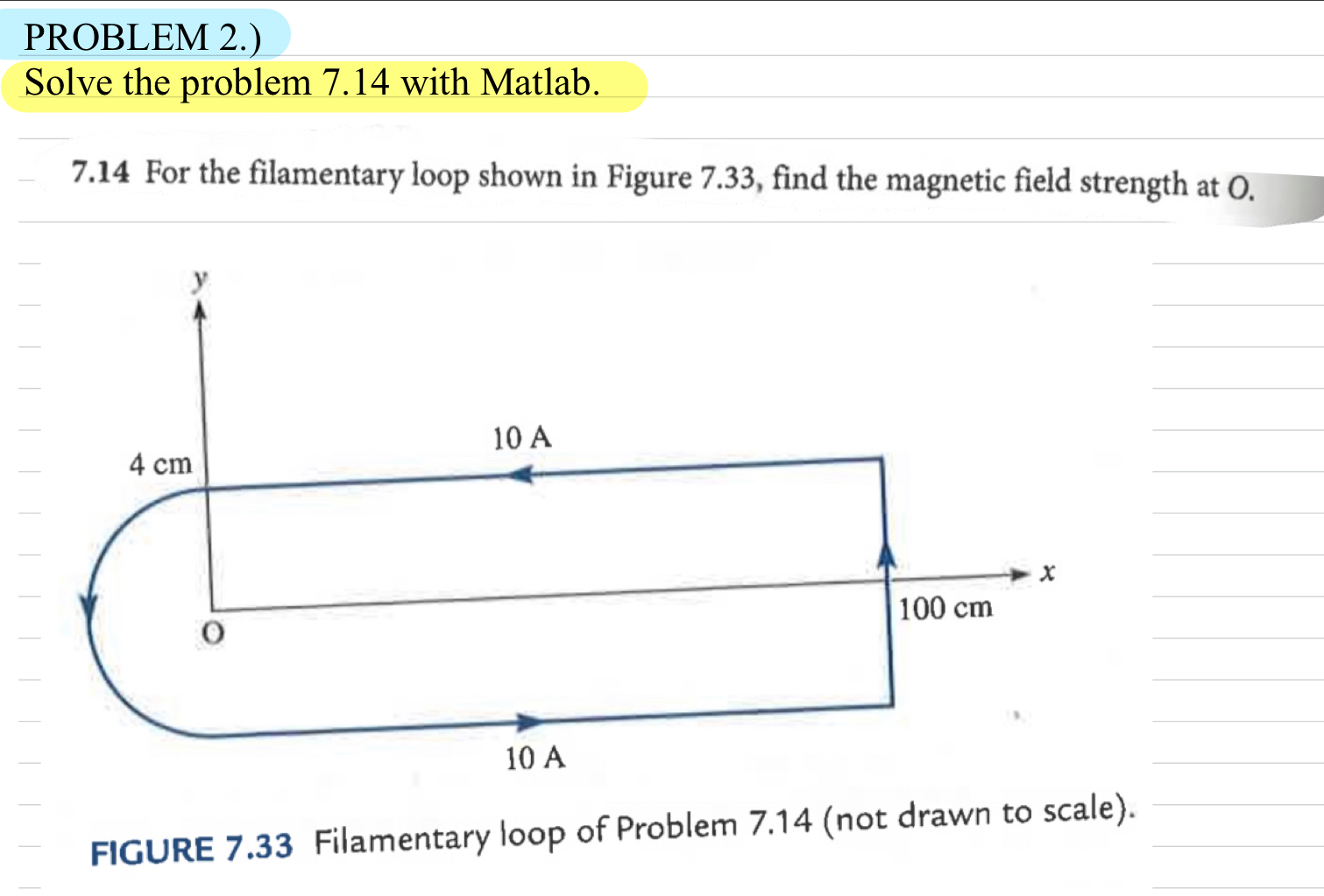To obtain ground-truth transcriptions of real music audio, it is sometimes possible to find a MIDI version of the track which can then be aligned in time. The time-aligned MIDI events can then be taken as an approximate transcription of the audio. There are several ways to do this, including several choices of the domain in which to do the matching; one popular approach is to synthesize the MIDI version to audio, then do a time alignment between the original audio and the synthetic audio (see, e.g., Turetsky and Ellis ISMIR 2003, or Hu, Dannenberg, and Tzanetakis, WASPAA, 2003).
This matlab code refines that approach by first beat tracking both the original audio and the resynthesized MIDI, then doing the time warp alignment over units of complete beats. Since the remapping of MIDI event times will be done using each beat as an anchor point, the temporal precision is usually good (as long as the beat tracker worked.
To create an instance of a specific registered MATLAB version, you can use a version-dependent ProgID. For example, Matlab.Application.7.14 creates an instance of MATLAB version 7.14 (R2012a). Create Automation Server. Your client application establishes a connection to the MATLAB server. Uninstall the MATLAB Compiler Runtime. The MATLAB Compiler Runtime 7.14 is used in this version of WarpPLS. This is the same MATLAB Compiler Runtime as the one used in versions 2.0 – 5.0. The MATLAB Compiler Runtime used in version 1.0 is a different one, and thus will not work properly with this version of WarpPLS.
Note that this code has been significantly improved in March 2014. Firstly, we made a range of improvements to the local similarity computation and DTW path picking (v0.03). Then we replaced DTW with full Viterbi alignment, which allows arbitrary jumps to accommodate missing or repeated sections etc. You can still select DTW paths (which avoid really big jumps) as an option to alignmidi (params.usedtw=1); DTW runs a lot faster.
Contents

Example usage
The code below shows how to run the alignment using the main alignmidi routine, and a couple of ways of how the outputs can be used.
Comparing Outputs
We can plot log-frequency spectrograms to show the effect and quality of the alignment. Note that the aligned MIDI is not just shifted in time, but also scaled appropriately to keep every beat time lined up.
Parameters
alignmidi accepts a number of different parameters as fields of a 'params' structure, passed as the fifth argument. They are:


Installation
This package has been compiled for several targets using the Matlab compiler. You will also need to download and install the Matlab Compiler Runtime (MCR) Installer. Please see the table below:
| Architecture | Compiled package | MCR Installer |
|---|---|---|
| 64 bit Linux | alignmidi_GLNXA64.zip | Linux 64 bit MCR Installer |
| 64 bit MacOS | alignmidi_MACI64.zip | MACI64 MCR Installer |
The original Matlab code used to build this compiled target is available at http://www.ee.columbia.edu/~dpwe/resources/matlab/alignmidi
All sources are in the package alignmidi-v0.04.zip.
Feel free to contact me with any problems.
Notes
The included function audioread is able to read a wide range of sound file types, but relies on a number of other packages and/or support functions being installed. Most obscure of these is ReadSound, a MEX wrapper I wrote for the dpwelib sound file interface. See the audioread homepage for more details.
To link to the Java code for reading and writing MIDI files, you need to 'edit classpath.txt' within Matlab, as described in Christine's instructions. And then you'll have to restart Matlab. Else you'll get an error like 'Undefined variable 'PianoRollViewParser' or class 'PianoRollViewParser.parse'.'
This code needs to convert MIDI to audio; this is accomplished by midi2wav.m. What this function does depends on the architecture: on my Mac, it runs the AppleScript script midi2aiff.scpt, which uses QuickTime Player 7.app to import MIDI and export a waveform. If you don't have QTP7 installed, it won't work. On Linux, it uses the open-source MIDI synthesizer timidity, which works well as long as you change the default sound font to be fluidr3_gm.cfg instead of freepats.cfg, by editing /etc/timidity/timidity.cfg. The bass drum in the freepats sound font is inexplicably awful.
This code supercedes an earlier effort, alignmidiwav .
Referencing
If you use this work in a publication, I would be grateful if you referenced this page as follows:
D. P. W. Ellis (2013). 'Aligning MIDI files to music audio', web resource. http://www.ee.columbia.edu/~dpwe/resources/matlab/alignmidi/

Acknowledgment
Matlab 7.14 Full Version Crack
This project was supported in part by the NSF under grant IIS-1117015. Any opinions, findings and conclusions or recommendations expressed in this material are those of the authors and do not necessarily reflect the views of the Sponsors.
Full Version Of Halo Combat Evolved
Changelog
Published with MATLAB® 7.14